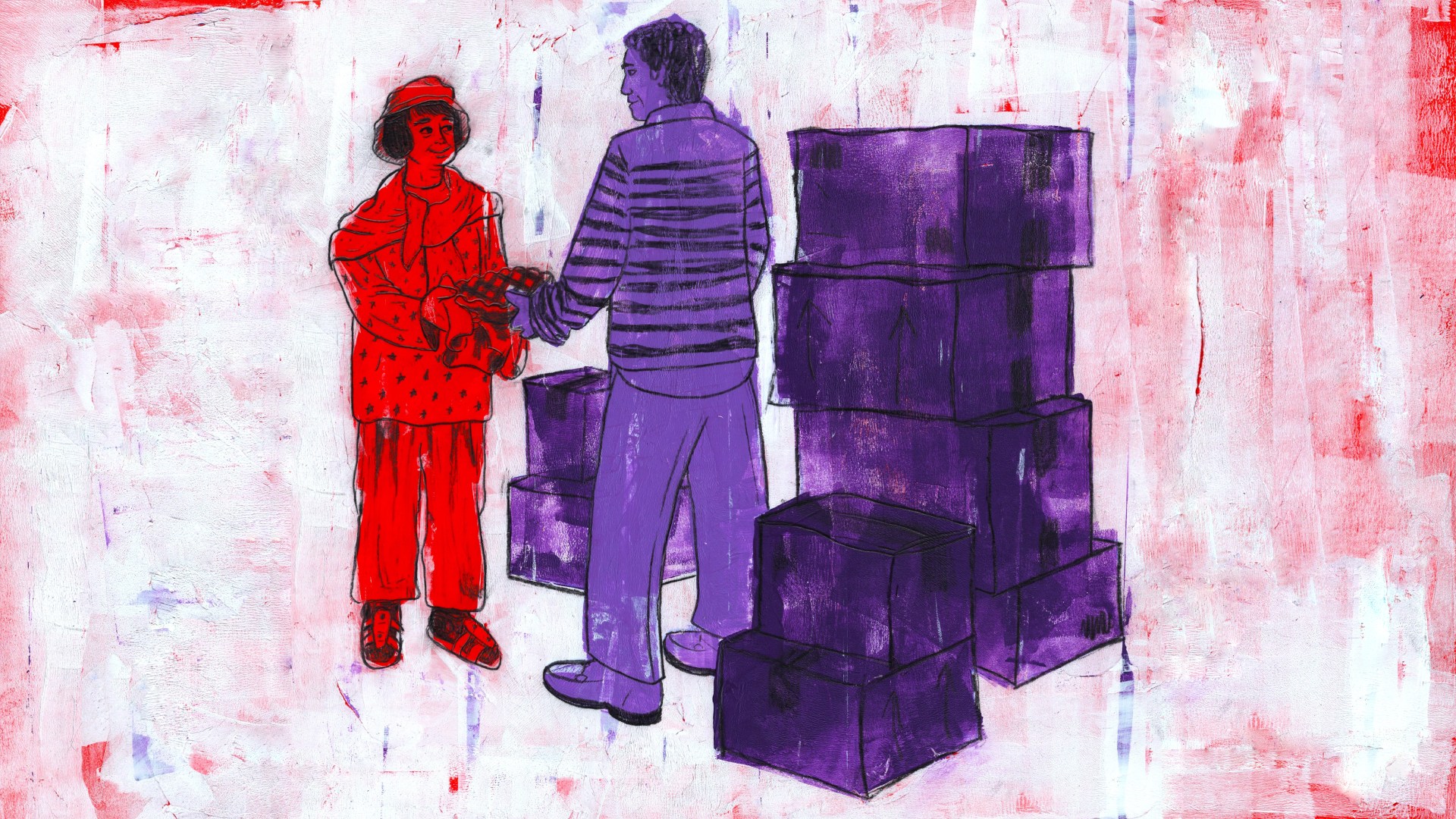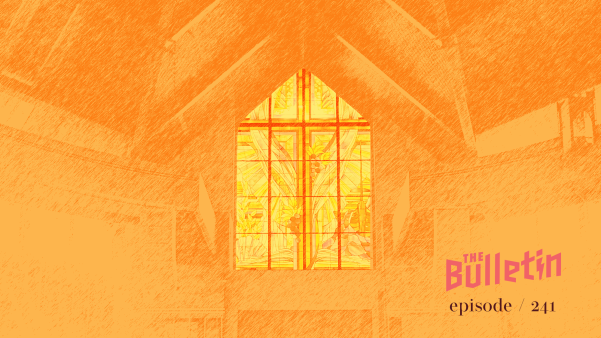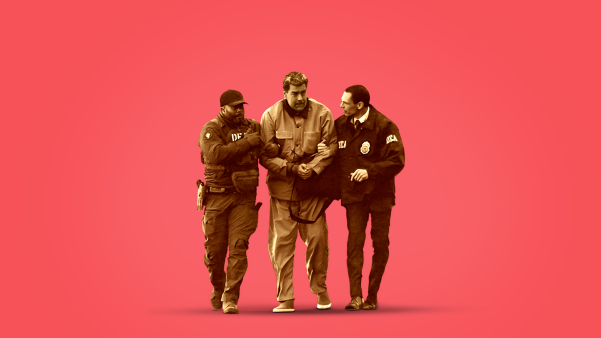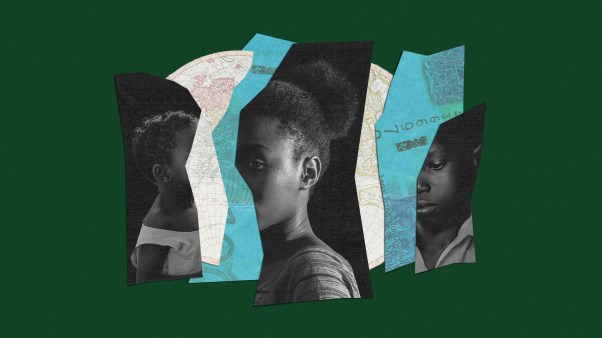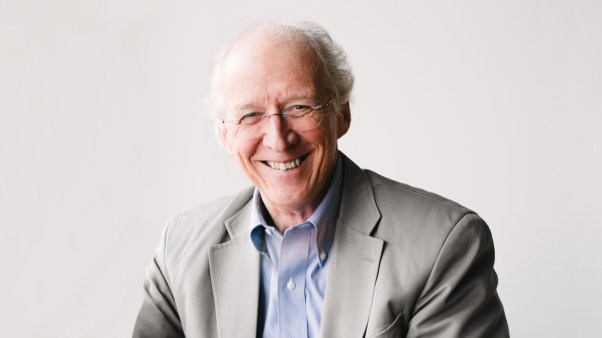Karen J. Johnson’s new book Ordinary Heroes of Racial Justice: A History of Christians in Action displays the mind of a historian, the heart of a teacher, the spirit of a disciple, and the credibility of someone who has practiced the life she commends.
Yet Johnson, a history professor at Wheaton College, takes on a challenging task. In her book, she aims to convince evangelical readers that racial injustice in America is “systemic,” “generational,” rooted in “structures of inequality,” and established in “hierarchies embedded… in systems,” without giving them reason to suspect that she has sacrificed her Christian faith at the altar of “wokeness.” (It saddens me to have to put things this way, but such are the times in which we live.)
Johnson carefully identifies the origins of contemporary America’s racial malaise in the behavior of fearful whites, whether they are establishing restrictive neighborhood covenants, resisting civil rights legislation as violations of “states’ rights,” abandoning public schools in the wake of enforced desegregation, or fleeing from integrating neighborhoods.
In case these historical phenomena seem remote from the experience of readers (or students), Johnson concludes each chapter with “Questions and Implications” designed to help them view race relations through the lens of their own experiences. Examples include: Does your church’s racial and theological logic expect people of color to give up more than white people to participate in mutual fellowship? Is the gospel big enough to handle poverty and racism, or is it just for the comfortable? How could incorporating both systemic and individual understandings of sin affect your approach to race and poverty? Perhaps most importantly, she asks what it would look like to live out the gospel by living closely with victims of injustice, even to the point of uprooting homes and changing addresses.
Johnson “does” history in ways that exemplify Christian virtues. She crafts wise narratives, values context, practices humility, and exercises empathy (not a popular value in some sectors of the American church). Her book models these virtues in extensive case studies of men and women who, over the past century or so, have lived out the gospel in communities bearing the scars of America’s racial trauma. Johnson’s “ordinary heroes of racial justice” are Catherine de Hueck, John Perkins, Clarence Jordan, and a group of white and Black Christians involved in multiracial ministry in the Austin neighborhood in Chicago.
Of these figures, de Hueck is probably the most intriguing. A Russian émigré who settled in Canada in the 1930s, she was recruited by a Roman Catholic archbishop who, in cooperation with local police, wanted to stem the spread of communism there.
But as she spent time in communist reading rooms, she learned something important about the movement’s appeal. It arose, in part, because the church had failed to address the needs of poor workers laboring on the underside of industrial capitalism. De Hueck took this lesson to the streets of Toronto with the formation of Friendship House, a Christian community whose members, she said, “have left homes and friends” for the sake of Christ, “whom we see in all the poor and downtrodden.”
After a year in Europe studying Catholic spiritual formation, de Hueck relocated to Harlem. Here she was again recruited by Catholic leaders, this time to help the church respond to Black New Yorkers’ affinity for communism. De Hueck’s vision for Harlem’s Friendship House, engaging in “corporal and spiritual works of mercy” while serving “Christ in the Negro,” is rooted in Catholic Social Teaching, which attempted to chart a middle way between communism and unfettered capitalism. Intimately familiar with the needs of the urban poor and deeply rooted in her faith, de Hueck sought a balance between addressing systemic problems and transforming individuals.
John Perkins, also known for his unwillingness to separate personal spirituality from societal justice, is the focus of Johnson’s second case study. Like de Hueck, Perkins made the fateful decision to live and minister among the poor, although Perkins’s path of relocation was circular, from California back to Mississippi in a reversal of the Great Migration. Through his work in the cities of Mendenhall and Jackson, Perkins influenced a generation of white evangelicals skeptical of the claim that “heart change” is a sufficient answer to social ills.
Johnson’s third case study involves Clarence Jordan, a Southern Baptist seminary graduate who began an intentional farming community in rural Southwest Georgia in the 1940s. Koinonia Farm billed itself as a “demonstration plot for the Kingdom” modeled on the first-century church. Its members were dedicated to communal living, pacifism, and rehabilitating what Johnson calls the “mangled White southern Christianity that had nurtured” Jordan and other farm residents.
At Koinonia Farm, writes Johnson, community members would “continue the incarnation” while sharing life on integrated terms and helping local sharecroppers improve farming methods. Although Jordan viewed Southern racism as both systemic and individual, the farm was not at the vanguard of social change in regard to laws and policies. Instead, says Johnson, the community’s activism expressed itself in “an alternative way of living.”
Until the mid-1950s, the 60 or so men, women, and children at Koinonia Farm (a quarter of them Black) enjoyed relative peace with neighbors. But that changed after the Supreme Court’s decision in Brown v. Board of Education, when local whites began a campaign of economic boycotts, vandalism, shootings, and bombings. The agitation took such a psychological and financial toll that only 10 people remained by 1958.
It almost goes without saying that local authorities could not be counted on to defend life and property at the farm. A grand jury investigating violence there concluded the perpetrators likely belonged to a communist front organization whose claim to be Christ-ian was “sheer window dressing.”
Johnson devotes about 10 pages to Koinonia Farm’s most famous neighbor, Jimmy Carter, who lived just 17 miles away when the community was under assault from local whites. Despite Carter’s later claims to have supported the farm during the 1950s, she finds no direct evidence that his family violated the local boycott to do business with its residents.
As Johnson concludes, the former president’s “relationship with Koinonia Farm was (and is) complicated.” She resists efforts to force Carter into a simplistic binary that labels every person as racist or nonracist. Even so, she endorses the conclusion of historian Ansley Quiros, in her study of civil rights conflicts in Carter’s corner of Georgia, that his “primary concern remained his own stature in the community, the economic success of his family’s farm, and, increasingly, his political ambitions.”
Johnson’s fourth case study centers on a collection of inner-city ministries in Chicago’s Austin neighborhood (the site of massive white flight beginning in the 1960s). In particular, it covers the interracial efforts of one white couple, Glen and Lonni Kehrein, and one Black couple, Raleigh and Paulette Washington.
Inspired by John Perkins, the Kehreins moved into the Austin neighborhood in 1973, joined Circle Church, and began an intentional community. Tragically, the church split along racial lines in 1976, when a Black pastor, Clarence Hilliard, preached a sermon that the white head pastor declared doctrinally unsound. (Influenced by Black liberation theology, the sermon bore the title “Down with the Honky Christ—Up with the Funky Jesus.”) Some church members blamed the split on white racism, while others faulted the Black pastor for insubordination. In any case, the two men ended their ministry partnership, and the church and neighborhood suffered most from this rupture.
In 1983, Austin witnessed another attempt at multiracial urban ministry. Raleigh Washington, a former army officer, founded Rock Church, which held services at the Kehreins’ Circle Urban Ministries. A decade later, Washington and Glen Kehrein collaborated on a book, Breaking Down Walls: A Model for Reconciliation in an Age of Racial Strife. Sadly, however, Washington’s decision to join the board of Promise Keepers in 1994 caused tension in the relationship, as Kehrein preferred to remain in Chicago rather than join Washington in Colorado Springs. The two did not reconcile until just before Kehrein’s death in 2011.
Johnson notes that Washington and Kehrein emulated de Hueck, Perkins, and Jordan in pursuing “fully evangelical” ministries, animated by a “wholistic gospel” that unites personal piety with social activism.
To demonstrate the importance of this model for interracial work, she refers to the landmark 2000 study Divided by Faith: Evangelical Religion and the Problem of Race in America. In the book, sociologists Christian Smith and Michael O. Emerson critique the “tools” white evangelicals bring to discussions of race—which emphasize individual free will and interpersonal relationships while discounting claims of structural disadvantage. Johnson describes being taught to rely on these tools herself—and recognizing their inadequacy only after living in a minority-majority context in urban Chicago.
A virtue that shines through Johnson’s case studies is empathy. In the context of studying history, she says it involves “seeking to understand why people in the past did what they did,” though it doesn’t require “withholding judgment” on sin and injustice.
We’ve seen how Johnson extends this empathy to Jimmy Carter, whose relationship to Koinonia Farm is colored by ambiguity. She also extends it to Raleigh Washington, the Chicago pastor who troubles her “wholistic gospel” narrative by downplaying the role systemic racism plays in determining the fortunes of Black Americans. Johnson even reveals empathy for white Southerners who resisted the Civil Rights Movement in Mississippi. From their perspective, she observes, it “seemed like an attack on all they knew to be right and good.” While historical empathy doesn’t amount to condoning white Southern racism, as Johnson makes clear, it can still represent “an act of love,” one that helps “build a bridge rather than sever a connection.”
Johnson’s “ordinary heroes” certainly embody this charitable mindset. What unites them most profoundly, however, is a sacrificial willingness to physically relocate. In response to the gospel’s call to racial justice and reconciliation, they each traveled a countercultural path of downward mobility and embedded themselves in communities of need. But their inspiring stories reveal something beyond heroism. They also attest to the messiness of the work these figures undertook.
Why is the work of racial justice so messy? For one thing, efforts to realize the social implications of the gospel will often generate outside resistance. One need only to recall the economic and physical violence provoked by Koinonia Farm’s “alternative way of living.” (As Johnson starkly notes, “Being at Koinonia could get a person killed.”) Or the impunity with which public officials in Mississippi harassed and tortured John Perkins.
Second, any racial justice work involving relocation will risk discomfort because whites and Blacks aren’t always skilled at living in proximity, let alone sharing life together. As a result, dreams of multiracial Christian harmony will inevitably run into many frustrations, such as personality conflicts, cultural missteps, unspoken resentments, paternalism, dueling charges of racism and perpetual victimhood, and the narcissism that often lurks beneath the surface of charismatic leadership, whatever its color. Add the stresses that come with residing in neighborhoods plagued by crime, substandard education, and diminished economic opportunity, and it is easy to see why multiracial intentional communities become spiritual and emotional testing grounds with high burnout rates.
In fact, Johnson’s case studies consistently highlight the conflicts between her “ordinary heroes” and those who are initially drawn to their vision of Christian community, only to stumble amid day-to-day difficulties or otherwise become disillusioned. These features of her book serve as a warning to idealists who might hear God calling them to relocate. As Johnson observes, it may be that love demands proximity and proximity produces empathy. But as her case studies attest, empathy is not always enough to sustain countercultural communities inhabited by flawed human beings.
Stephen R. Haynes is a religious studies professor at Rhodes College and theologian in residence at Idlewild Presbyterian Church in Memphis. His books include The Last Segregated Hour: The Memphis Kneel-Ins and the Campaign for Southern Church Desegregation.

